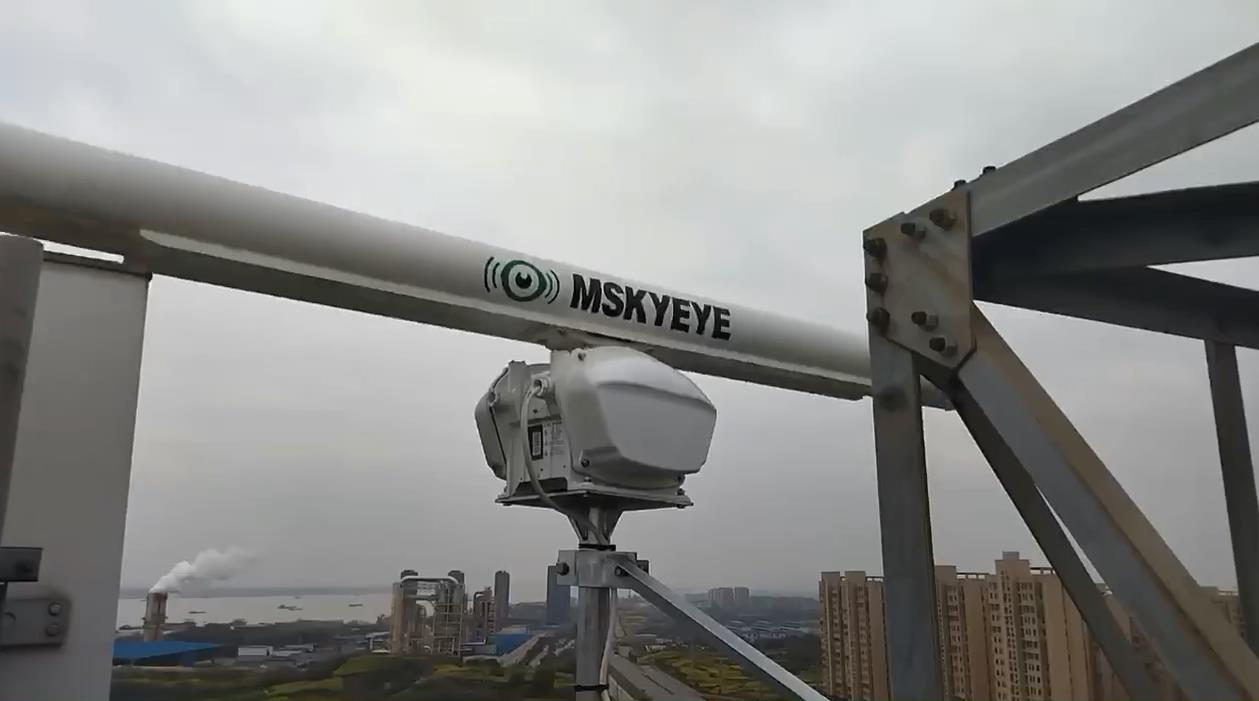The Impact of International Agreements and Collaborations on Coastal Surveillance Radar
In an interconnected world where maritime activities transcend borders, ensuring effective coastal surveillance radar systems is paramount for bolstering global maritime security. This blog delves into the critical role of international agreements and collaborations in enhancing the effectiveness of coastal surveillance radar, safeguarding maritime interests, and countering emerging security threats on a global scale.

Understanding the Significance of Coastal Surveillance Radar in Maritime Security
Coastal surveillance radar serves as a cornerstone of maritime security, providing real-time monitoring and detection capabilities along coastlines, ports, and maritime zones. By leveraging advanced radar technologies, coastal authorities can track vessel movements, detect suspicious activities, and respond swiftly to potential security breaches, thereby fortifying maritime defense mechanisms and safeguarding vital sea lanes.
The Power of International Agreements in Strengthening Maritime Security
International agreements play a pivotal role in fostering cooperation and information sharing among nations to combat maritime threats effectively. Collaborative frameworks such as the United Nations Convention on the Law of the Sea (UNCLOS) and regional agreements like the Regional Cooperation Agreement on Combating Piracy and Armed Robbery against Ships in Asia (ReCAAP) facilitate the exchange of intelligence, resources, and best practices in maritime security.
By promoting mutual trust, coordination, and joint initiatives, international agreements create a unified front against maritime challenges, enabling seamless integration of coastal surveillance radar systems and enhancing situational awareness across international waters.
Collaborative Efforts and Information Sharing: Key Pillars of Effective Maritime Security
Collaborations between nations and maritime organizations are instrumental in optimizing the performance of coastal surveillance radar systems. Through joint exercises, capacity-building programs, and shared training initiatives, countries can enhance the interoperability of radar networks, standardize operating procedures, and strengthen response capabilities in maritime emergencies.
Moreover, information sharing platforms and fusion centers enable real-time data exchange, analysis, and dissemination, empowering maritime stakeholders to proactively identify security threats, track suspicious vessels, and coordinate timely responses to mitigate risks to maritime safety and security.

Leveraging Technology and Innovation for Enhanced Coastal Surveillance
Advancements in radar technology, including the integration of artificial intelligence, machine learning, and automated tracking systems, are revolutionizing coastal surveillance capabilities. By harnessing cutting-edge radar solutions, such as phased array radars and multi-static radar networks, countries can achieve broader coverage, higher detection accuracy, and enhanced threat identification in maritime domains.
Furthermore, the integration of coastal surveillance radar with other sensor systems, such as Automatic Identification System (AIS) and satellite imagery, offers a comprehensive maritime domain awareness framework, enabling authorities to monitor vessel movements, detect illicit activities, and respond proactively to security incidents.
The Future of Global Maritime Security: A Collaborative and Technology-Driven Approach
As maritime threats evolve and transnational challenges persist, the synergy of international agreements, collaborative efforts, and technological innovations will be instrumental in shaping the future of global maritime security. By fostering a culture of cooperation, information sharing, and technological integration, countries can strengthen their coastal surveillance capabilities, deter illicit activities at sea, and uphold the principles of a secure and stable maritime environment.
In conclusion, the effectiveness of coastal surveillance radar for global maritime security hinges on the collective efforts of nations, organizations, and stakeholders to collaborate, share resources, and leverage advanced technologies. Through a harmonized approach to maritime security, underpinned by international agreements and collaborative initiatives, the world can navigate the complex seascape of security challenges, safeguard maritime interests, and promote a safer and more secure maritime domain for all.
The examination of the impact of international agreements and collaborations on coastal surveillance radar underscores the significance of cooperation in advancing maritime security measures. As a professional radar manufacturer and exporter, specializing in cutting-edge radar technologies, including coastal surveillance radar systems that are among our best-selling products, we are committed to delivering top-quality solutions and export services to meet the evolving needs of our global clientele.
For a deeper insight into our range of advanced radar systems and to explore how our products can enhance coastal surveillance capabilities, we invite you to visit our website. Discover the precision, reliability, and innovation that define us as a leading supplier in the radar industry. Click now to access more information and unlock the potential of our state-of-the-art radar solutions for safeguarding coastal regions effectively.

